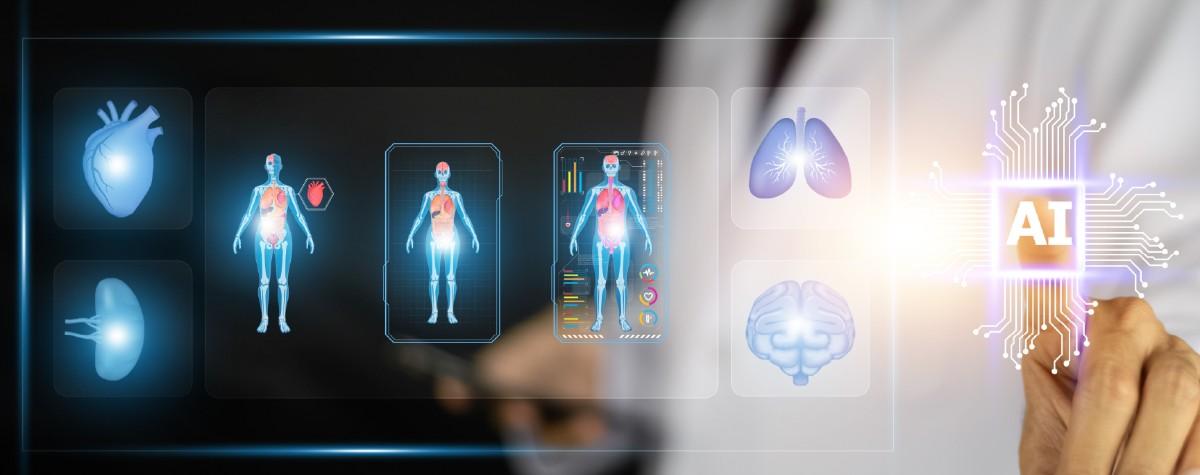


Learn how AI and machine learning in medical imaging enhance healthcare operations by improving accuracy and speeding diagnosis.
AI and machine learning in medical imaging plays a crucial role when it comes to diagnosing and monitoring diseases. Different modalities like X-rays, MRIs, CT scans, and ultrasounds provide vital insights into a patient’s health and condition. Although traditional imaging analysis depends on radiologists and clinicians majorly, that makes it time-consuming and increases the chances of human error.
With transformations taking place in AI and machine learning (ML), advanced medical imaging has undergone a revolutionary shift. AI in imaging solutions enhances accuracy in diagnoses, reduces manual workload for medical professionals, leading to faster and smoother clinical decisions.
This blog dives deep into the significance of AI and ML, their technical perspectives, real-time examples, applications, how AI optimizes diagnostic workflow, and how Dash’s expertise can help you develop AI and machine learning in medical imaging solutions.
We are aware how vast the amount of imaging data AI and ML models consists of to identify patterns, detect anomalies, and help while making decisions and build advanced medical imaging solutions. Significant technologies driving these transformations are:
Deep learning models, mainly convolutional neural networks (CNNs), excel when it comes to analyzing medical image. CNNs analyze image pixels, extract features, and classify abnormalities with high precision. These models can detect cancerous tumors, fractures, and lung diseases with accuracy comparable to experienced radiologists.
With the help of noise reduction, contrast adjustment, and super-resolution imaging, computer vision techniques enhance image quality. Moreover, AI algorithms improve low-quality scans, that makes diagnostics even more reliable in challenging environments.
AI algorithms segment anatomical structures, like tumors, blood vessels, and organs, assisting in disease detection. Techniques such as U-Net and Mask R-CNN enhance segmentation accuracy, that helps clinicians when it comes to quantifying disease progression.
AI models predict the progression of diseases and how various treatments respond to them, by analyzing imaging data over time. For instance, in oncology, by utilizing AI in analytics, providers can estimate the growth of tumor and also suggest personalized treatment roadmaps and strategies.
There’s no doubt how AI has transformed the picture of imaging modalities and truly helped healthcare professionals by enhancing diagnostic accuracy and workflow efficiency.
